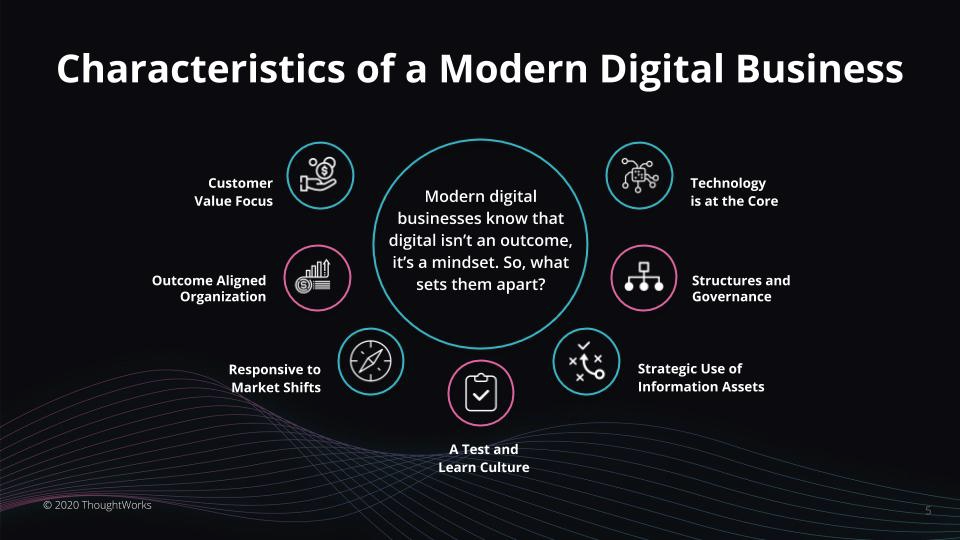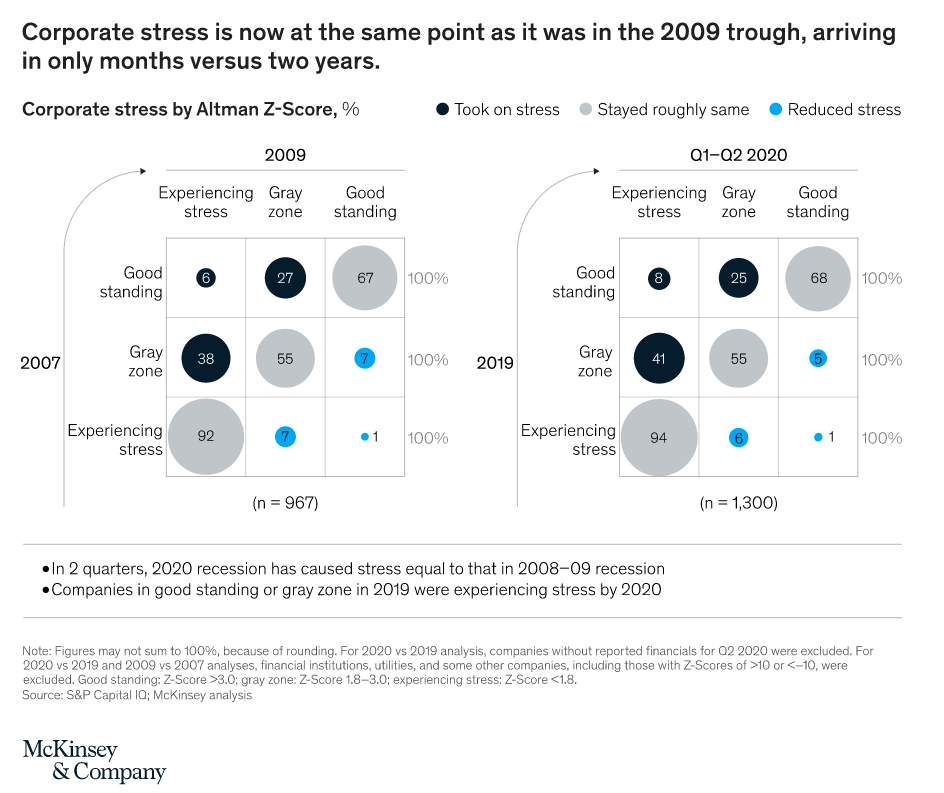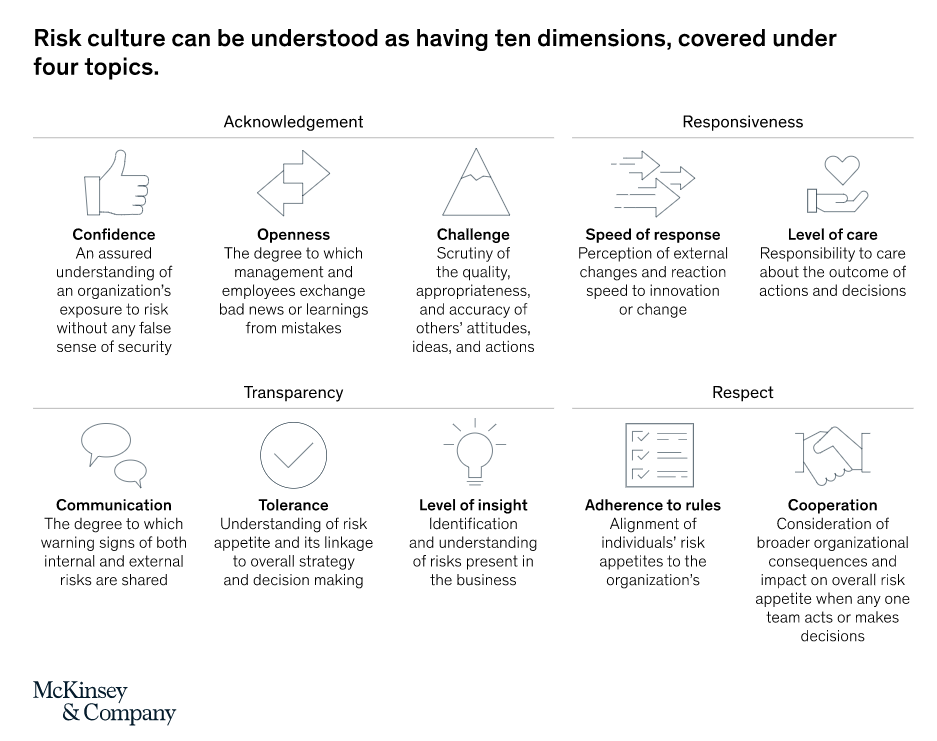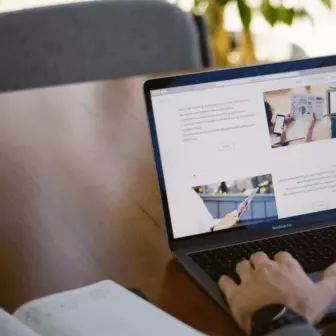In simple terms, resilience is defined by the idea of taking a blow and holding the capacity to recover from it. For a business, this word means that when something disruptive takes place, it has sufficient mechanisms in place to absorb the hit, without it making a dent in its business operations.
Hence, sustaining the new modern business is not only about factors like IT and infrastructure but also takes into account an organisation’s digital prowess, strategies involved in the storage of assets and pace of response to market shifts in order to withstand unprecedented challenges.

The significance of building resilient businesses
The varied ups and downs that our economy has seen in recent times owing to some of the most bizarre events in history, business models and strategies have invited rethinking on whether they are resilient enough to stand the test of pandemics, economic downfalls, and of course, time. It is thus the time for a reality check on how well a particular business performs when the situations are adverse.
It has been widely observed that the business environment is becoming more and more dynamic and unpredictable by each passing day. As a situation that no one could have anticipated has pushed the world against the wall, it becomes more and more possible that such situations may arise again. The boundaries of normal and impossible have become fluid - in such a manner that several enduring forces are required to stretch and adapt to potential problems, no matter how far fetched those are.
In the present times, McKinsey notes that the level of corporate stress that has been generated in the recent few months is comparable to the stress levels during the economic depression of 2009; which was accumulated over a period of two years - which can be attributed to the uncertainty heightened by the pandemic and lack of resilient business models which failed to counter the newfound challenges.

The benefits and importance of business resilience summed up as follows.
- Anticipating the problem before it has occurred gives the business an edge over its competitors, as there’s a longer amount of time available to prepare for the upcoming challenge hence enabling a more prompt and agile response.
- Consequently, a resilient business will bounce back on its feet quicker after absorbing the shock, quickly identifying needed adjustments and executing the said changes.
- Lastly, a benefit is seen when the whole market is faltering except you owing to the stubborn mechanisms in place. With quicker recovery, operations are resumed much faster in a monopolistic fashion, generating greater profits in the longer run
Extreme uncertainties can drive a business to an existential crisis, which can be evaded by building a robust resilience framework. To know more, read how the businesses have reimagined their strategies after the onslaught of Covid-19 pandemic.
Building a business resilience framework
Having talked about the ‘why’ aspect of the scenario, let’s come to the actual working of things - what exactly does it take for a business to build resilience?

Identifying important assets
There are six assets that are identified as ‘critical’ within a business. These assets are the building blocks of the foundation of the enterprise and must be prioritised while building a business resilience framework.
- People, including employees, vendors, visitors, partners, suppliers and customers.
- Data, including information, files, important records and server back up..
- Operations, including receivable and payable accounts, hardware and software, payroll and manufacturing.
- Inventory, consisting of raw materials and emergency supplies,.
- Equipment - both tangible and intangible.
- Buildings that are used in carrying out the operations.
The resilience framework is created around these assets, with the aim of either bringing minimum disturbance to them or placing suitable replacement or adjustment mechanisms to counter the upcoming challenges with respect to the asset.
Understanding the risks
There are several dimensions to understanding and analysing potential risks that an organisation might be facing. The first and foremost step is to point out the types of disasters that can occur. A risk might be natural - like an earthquake, a fire breakout or a storm, or it might be man made - like terrorism, data loss or a cyber attack. It also might be a mix of both, like the present coronavirus pandemic situation.
MsKinsey defines the process of understanding and tackling a risk situation as follows.

Calculating demand shifts
The consumer base isn't going to ask for the same redundant things year after year for the days to come. There must be a pipeline created as to when the offerings are to be altered and what the intention will be for doing so, along with proper data backing the claim. Under each risk situation, what are the kind of products and services offered by your enterprise that the consumers will be more interested in? Are there provisions to increasing the production of some and decreasing the production of others set in place?
During the COVID-19 pandemic a lot of households have been prioritising buying goods (groceries, basic products) and not services (like going to restaurants, salons). The question arising here is when will the services return and in what form? And when these do return, what are the new additions that the customers will expect to tackle the situation?
Enhancing productivity
As the pandemic has made abundantly clear, an organisation cannot ignore the basics of ensuring a safe working environment for its employees, and hence almost every business switched to remote working when the situation seemed to be getting out of control. When such a monumental change happens it is quite a given that the implemented measures will not show uniform results. Rightly so, while a large number of people pointed out that their individual productivity did increase during the pandemic as compared to before it, this change was not seen evenly.
When the remote culture set in, the most obvious changes were seen in shorter, quicker meetings, encouraging employees to set up their own personal workspace and keeping the feeling of belonging afloat by periodic Zoom calls. Verbal communication shifted to electronic, and digital infrastructures to facilitate such transactions were built at the drop of a hat. Does your business have ample resources to execute such changes in case one of the disasters mentioned before take place? What exactly would the plan of action be in each risk scenario and how would it be carried out?
Infrastructure
In multiple of the disasters discussed the real estate of the office would not be used as intended to. Once the remote culture has settled and the possibility has arisen that productive work environments can be created even remotely, reverting back to the previous culture of going to office 5 days a week doesn't seem to be all that necessary anymore as the work is still getting done. What can be the best use of the existing real estate then?
While it is increasingly obvious that the future of work culture is going to be hybrid in the effect that it will be done both from office and from home, for players in the industry the infrastructure has to be both physical and virtual. Access cannot be limited to one working environment since when changes occur they happen in quick succession. There must be enough space to switch while keeping the operations seamless. The need of the hour is to become practical about the topic of returning to offices, with clear guidelines in place about what is expected from employees who do show up.
Reimagining capital allocation
It was noted in the Great Economic Depression of 2008-09 that the companies that handled the situation better ("the resilients") went on to reap the benefits of this event even a decade after the depression went by. Such were the benefits of being resilient during a time when the world was unprepared.
Navigating through uncertain times like these is easier said than done, but one critical capability to coming out unharmed from the situation is planning out your trigger based capital allocation, i.e., planning what areas will require the capital in case of an adversity, and also how this capital will be deployed to ensure smooth functioning of the organisation.
Annual Reviews
The six critical assets that have been identified need to be reviewed at least once annually, and emergency related information should be updated according to the present times. If annual reviews are good at around the same time every year, the organisation will pull their socks up to better prepare for the changes made, if any.
Elements of certain segments, like emergency contact lists for disaster planning will need to be updated more frequently. Thus, apart from the annual review, every asset must be reviewed at a certain fixed time so the defence mechanism doesn't go obsolete. At the same time regular training should be conducted to act in cases an emergency has occurred, for example, an earthquake drill or a fire drill even for regular employees, as they form a critical asset as well.
Building resilient systems
We can largely narrow down to six principles of long-lasting systems.
- Redundancy acts as a buffer against unexpected shocks. For example, if multiple factories are being used to produce the same product or if several different elements are being used to achieve the same outcome, risks of disruption are reduced manifold.
- Diversity in planning is necessary to ensure that at least one plan is working to counteract the problem if another fails - thus making sure that there isn't a dire unrecoverable failure. In the work culture, it is encouraged to have a more diverse and inclusive workforce so that cognitive thinking is propelled and multiple ways of deriving solutions are fostered by looking at a problem from different sets of eyes.
- Modularity in an organisation means a structure in which it is divided into smaller areas of well-defined interfaces. This approach allows certain units of the business to fail if they are being affected more severely than the others, but that is not representative of the entire organisation's success or failure.
- Adaptability needs to be cultivated to evolve through trial and error. Processes and structures in organisations that target adaptability are designed to be more flexible and fluid.
- Prudence refers to the mentality where it is accepted throughout that if something can happen, it eventually will. Contingency plans include envisioning and preparing for the scenario monitoring early warning signals and analysing system vulnerabilities.
- Embeddedness is a factor that determines the long-term success of an organisation. Is your company embedded in a broader system of supply chains, business ecosystems, societies etc.? If yes, there will be a collective effort to revive the chain and hence you will benefit from the efforts of others as well. It is better not to find yourself in opposition to the flow.
Keeping yourself updated
A good way to be resilient is to keep yourself updated on the technology side, keeping your systems familiar with concepts like Internet of Things and Artificial Intelligence. Newer the technology, more the resources available in the market to fix a bug that occurs in it, hence it is always a good idea to remodel your businesses in continuity with the prevailing technologies.
As remote work has become the norm since COVID-19, IoT could be used to implement automated digital manufacturing to limit the dependency of humans on labour intensive work. Making a digital connection in each process of manufacturing and otherwise in turn establishes an anti fragile supply chain, that not only remains unaffected during a physical description but instead gains from it by being the frontrunner. AI can, on its own, analyse the past behaviours of the chain and implement what the best calculated measure would be provided it has the digital ecosystem to facilitate the process. This would move your reactive supply chain management to a proactive one.
Measuring more than just numbers
The present is a very flawed representation of the future. If you're dealing with the pandemic right now, it would not hurt to be a little farsighted and take on this adversity as an opportunity to implement changes that were long pending and clearing the company's technical or other debt that has accumulated over time. As business leaders it is imperative to always keep looking forward, and to shift the organisation's horizons to capacitate long term transformational changes. The present time is the actual 'now or never'.
Resilience is more about building organisations and systems that accept that change and experimentation are a part of daily life and cannot be overlooked, rather than being about occasional adjustments to counter extreme circumstances. Learn more about pandemic-driven digital transformation of businesses here.
Overcoming the roadblocks
- The first step to overcoming a problem is to address the problem areas with all honesty. A common pitfall that managers encounter is called an 'optimism bias'. It refers to a phenomenon where since an organisation has never seen something like a particular crisis, the existing heuristics do not apply and the management forms a perspective which does not let them believe how bad the situation could actually get.
- Conventional business strategies are often based on assumptions about a course of events that is likely to happen. Statistical models become highly sensitive during these times, as small changes in the assumptions can lead to entirely different conclusions on aspects of the role of the government, consumer behaviour and expectations, etc. Adding fuel to the fire, it becomes extremely likely during a worldwide catastrophe like COVID-19 that information flows in from a variety of channels leading to highly unreliable sources and data thus leading to unclear analytics.
- Talking of assumptions, it would also be extremely risky to assume that if your business has been resilient in the past, it will be the same in the future. The nature and severity of the disasters can greatly vary, and one mechanism is never sufficient to protect you from all directions. It would also be wrong to believe that building a resilient framework would mean that the business comes out from the situation completely unscathed. Expect some amount of volatility even with the best resilience models!
- In cases like this, the leaders should at all times be prepared that the information that they had considered to be their bedrock to base their transition out of, turned out to be wrong. Excessive care must be taken to not consider one's own assumptions as facts and cross verify information that comes from even the most trusted source.
- Problematic scenarios like this with unclear and dynamic statistics can lead to unprecedented delays, which is not affordable in something as severe as a natural disaster or an epidemic due to the fast moving nature of these events causing a decision making paralysis.
Businesses have a much broader role in the society as is normally perceived. They are also tasked with building robust economies and changing regressive norms when the need arises. Hence, building business resilience is not just about growth and profit sharing, but enabling improvement as a community and coming out stronger together.
Subscribe
Related Blogs
Why should you prioritize lean digital in your company?

We are living in an era where the change and innovation rate is just so high. If you want your organization to reach new…
How to measure your open source program’s success?

Along with active participation, it is very important to look after the ROI of open-source projects, programs, and…
Understanding the significance of participating in open-source communities

Do you think contributing to the open source community can be difficult? I don’t think so. Do you have to be employed by a…



